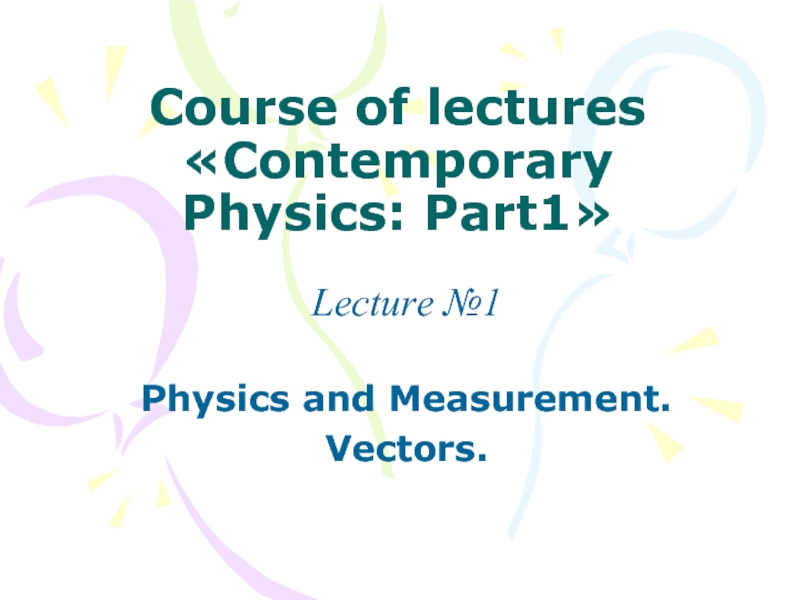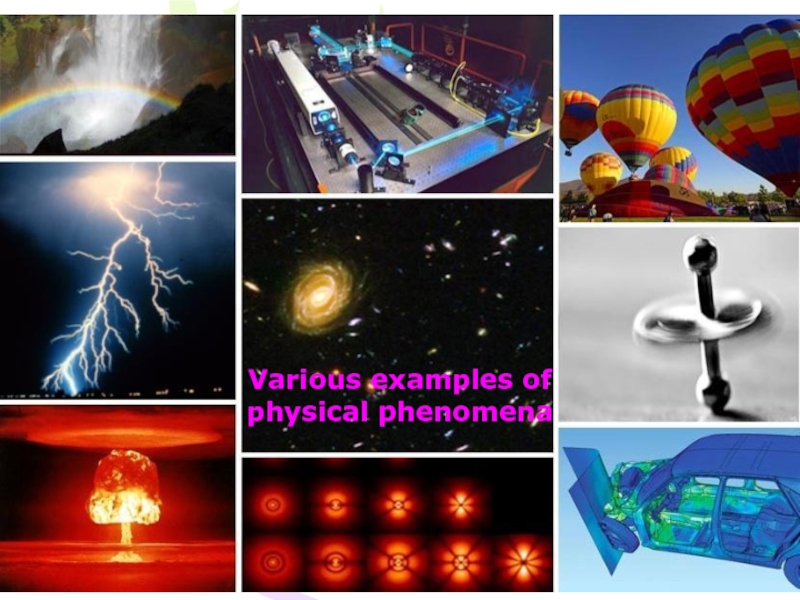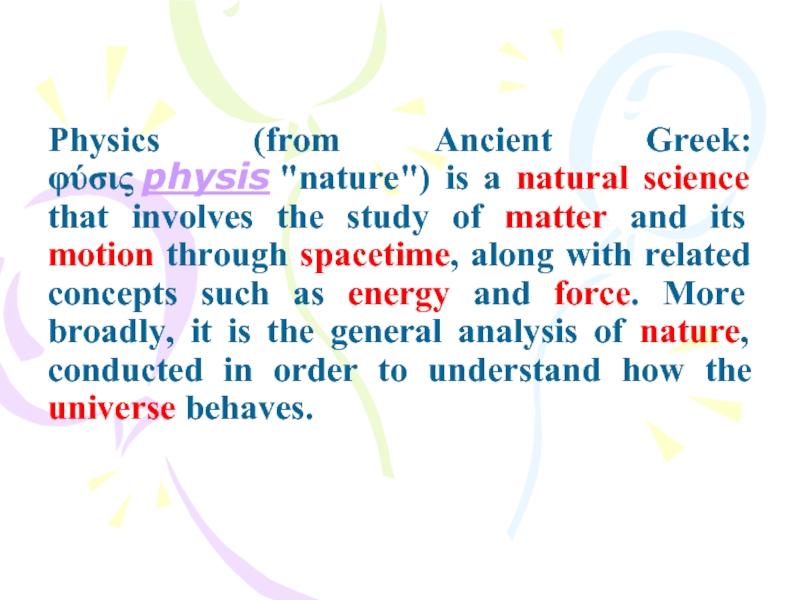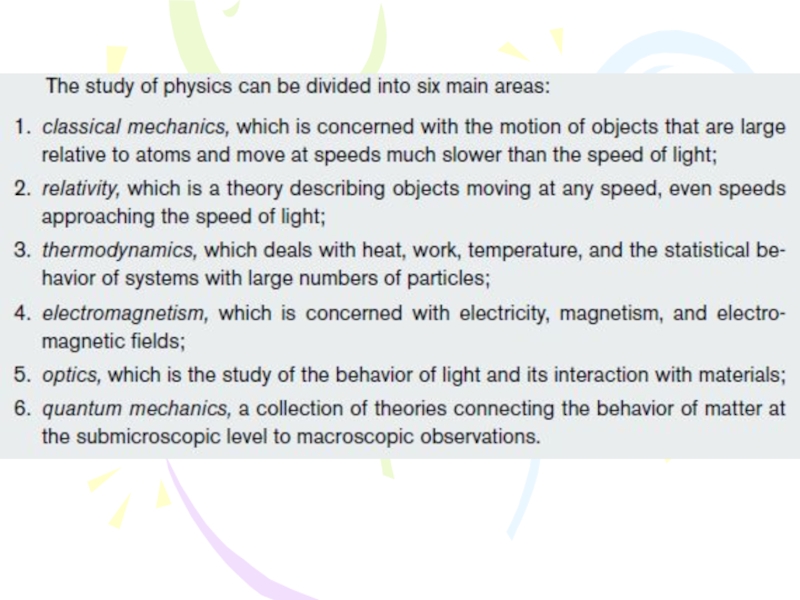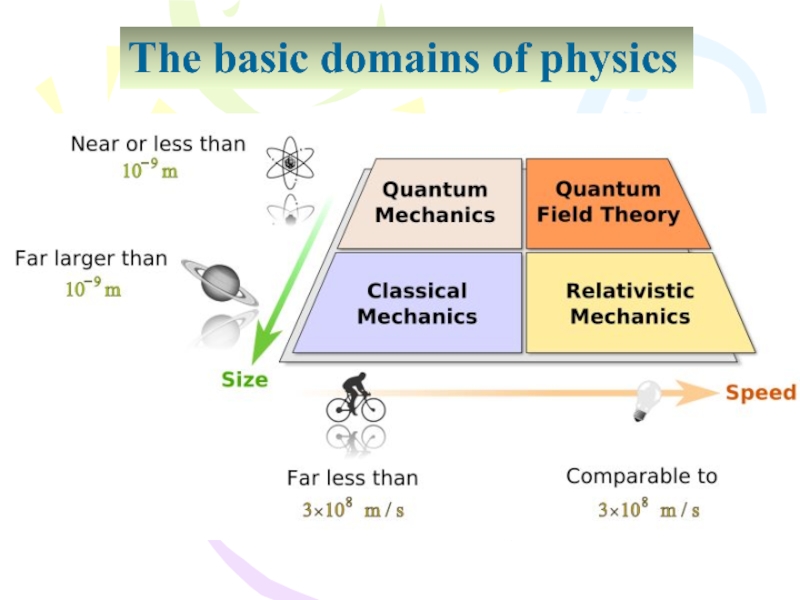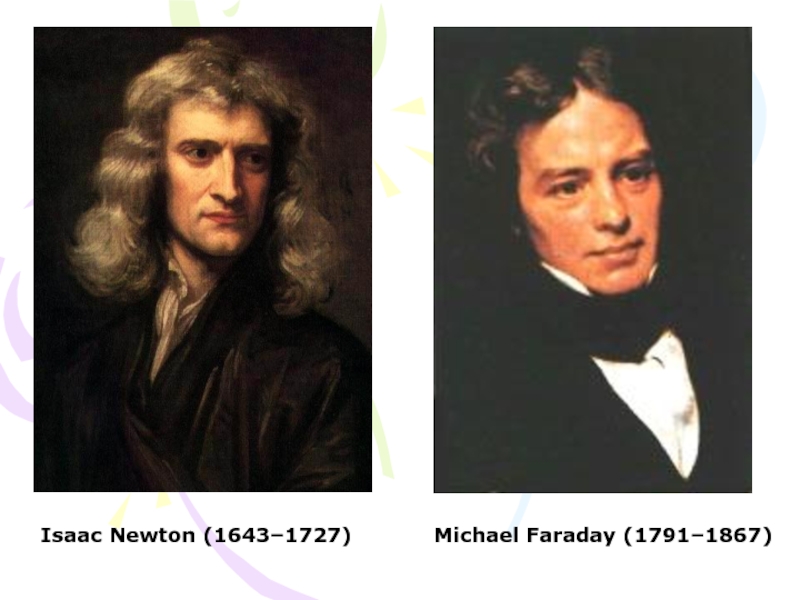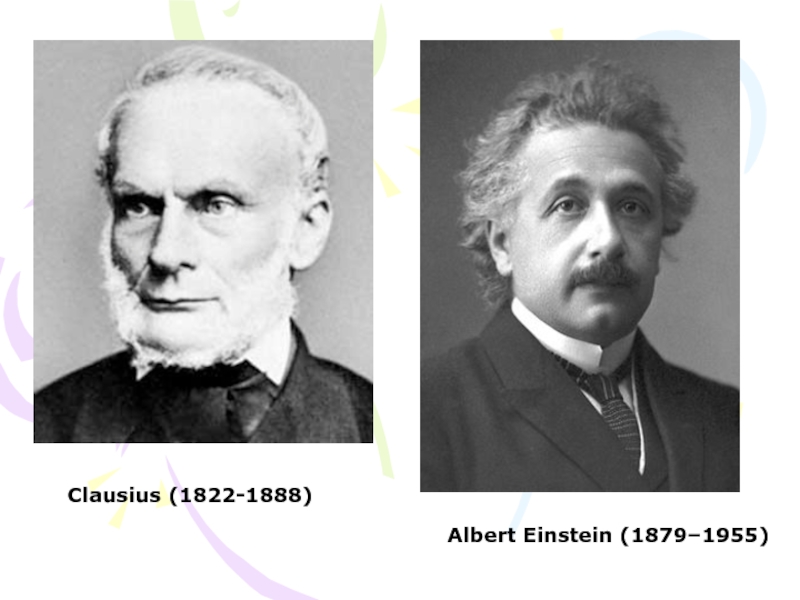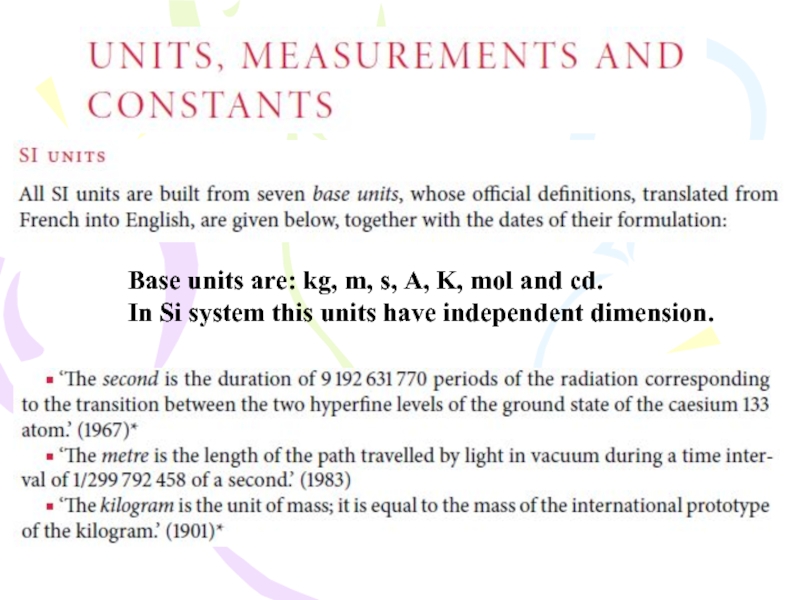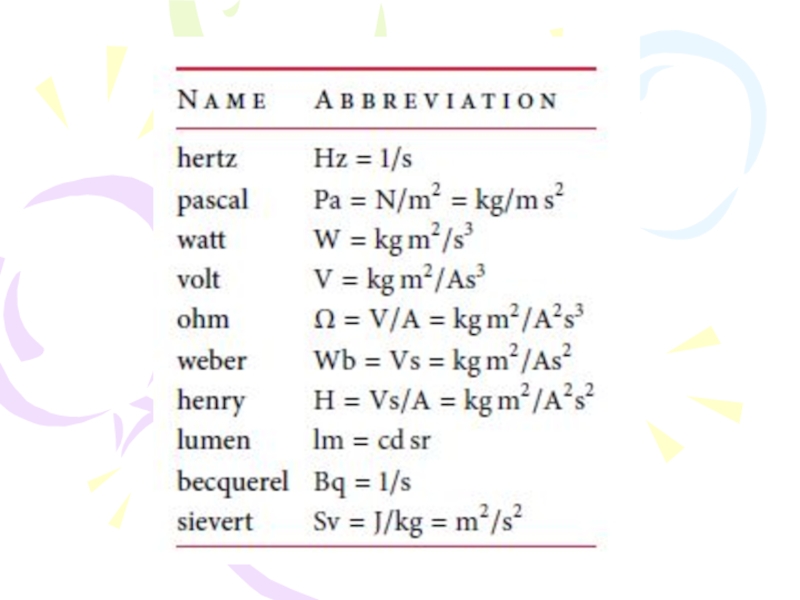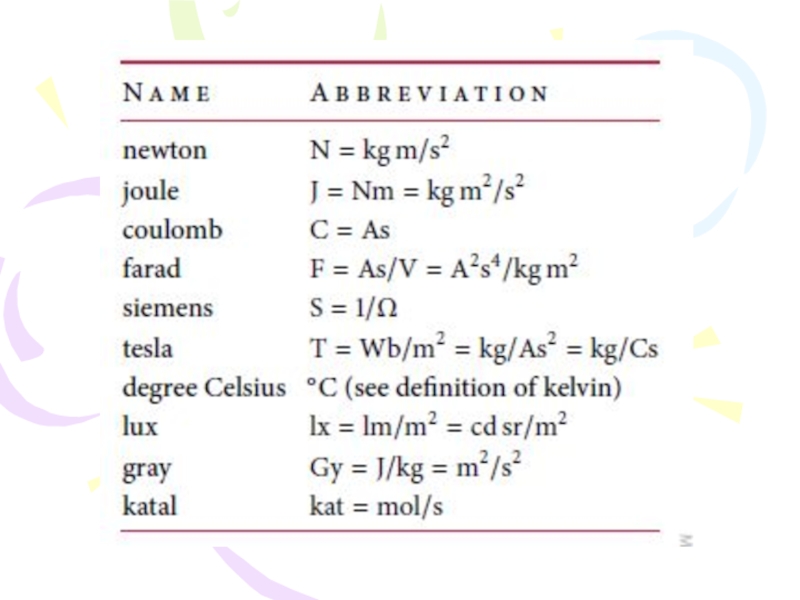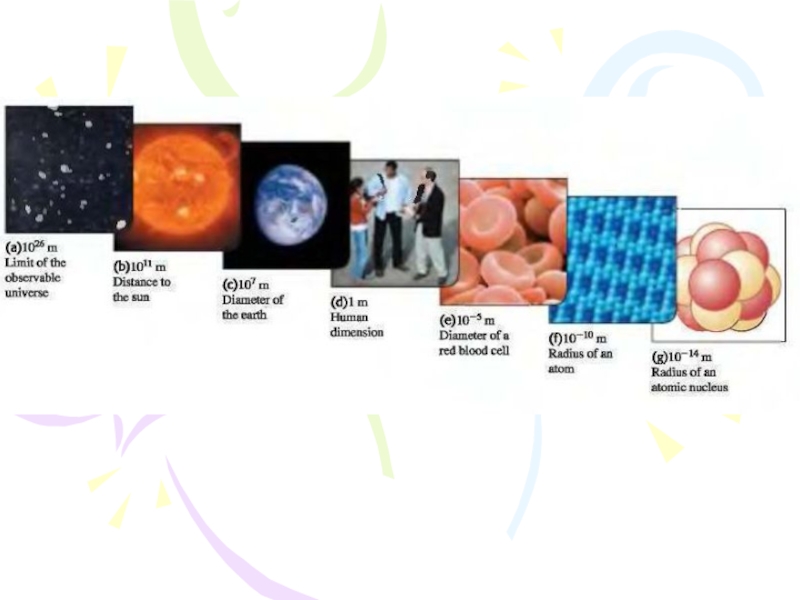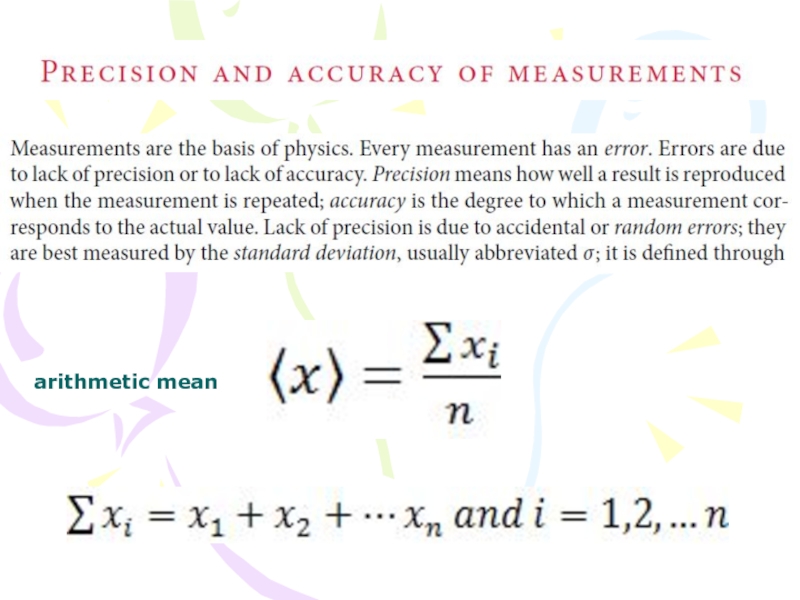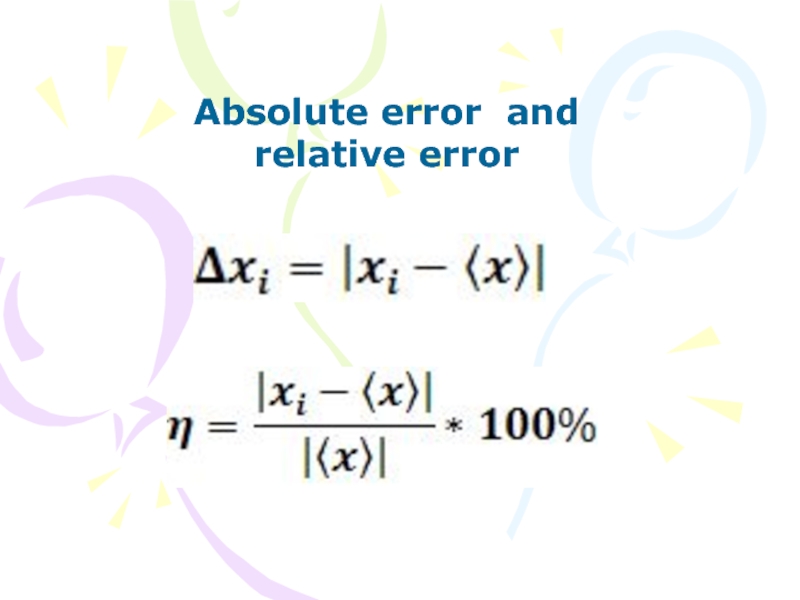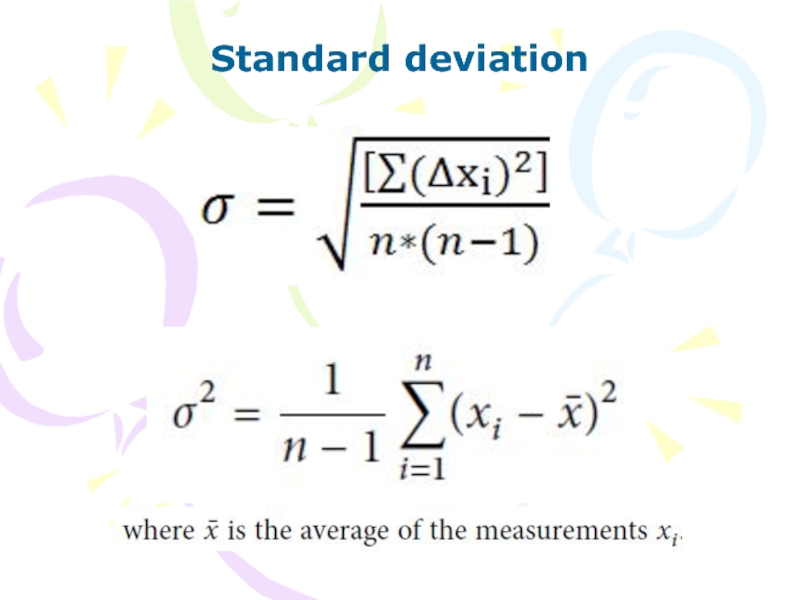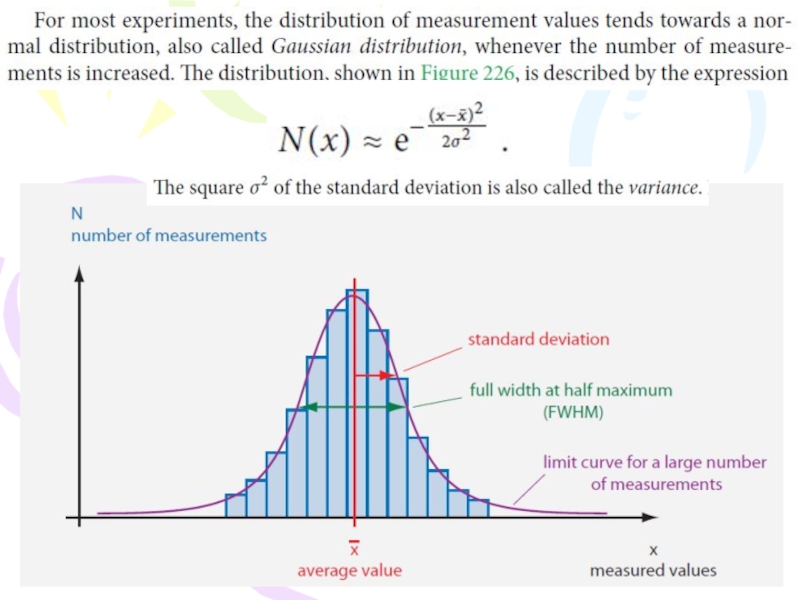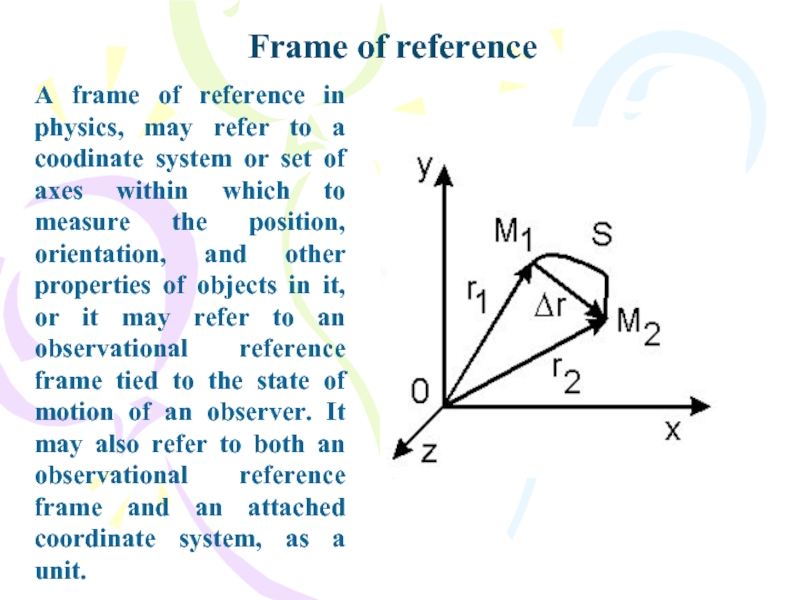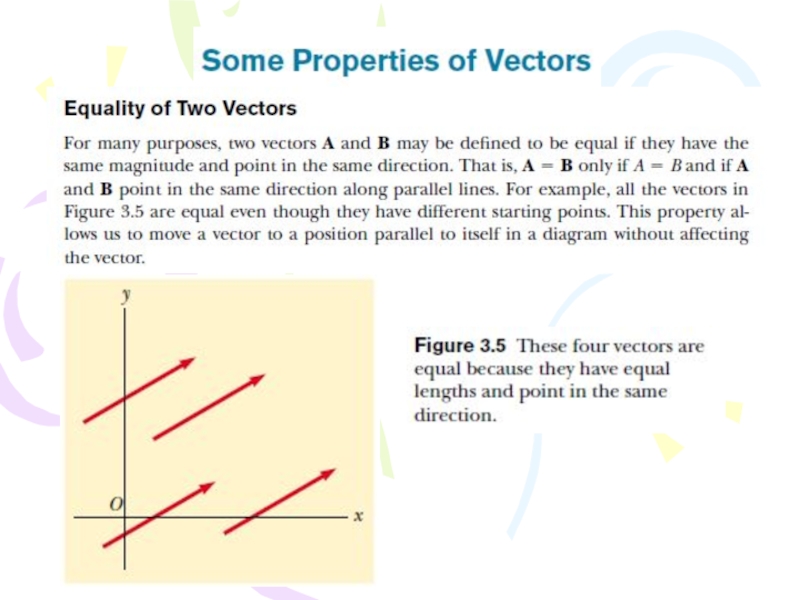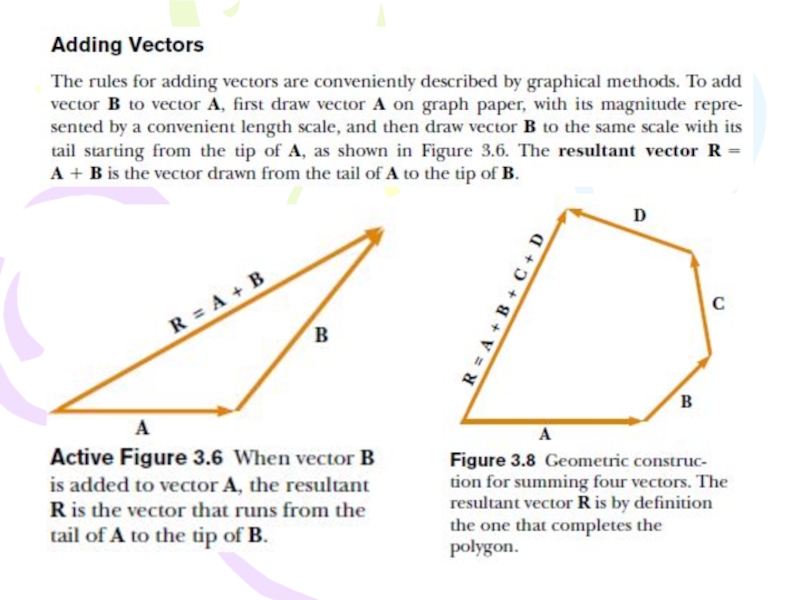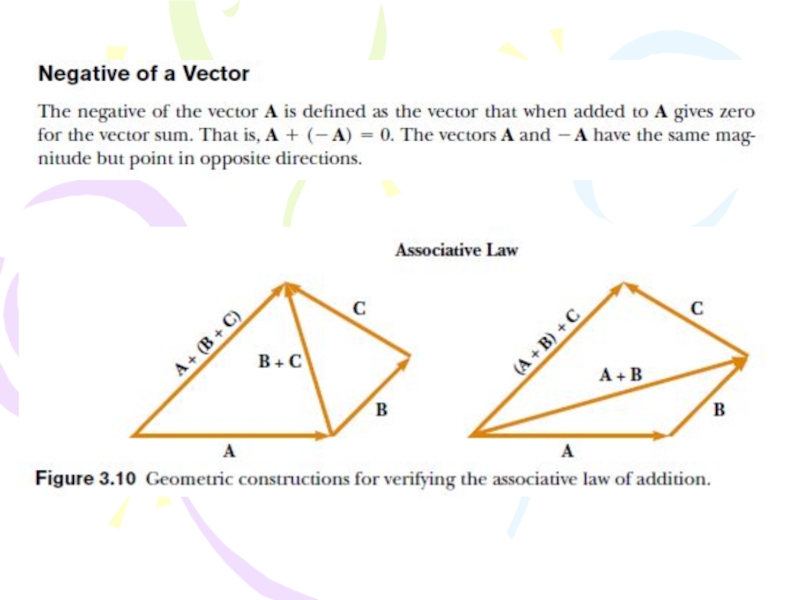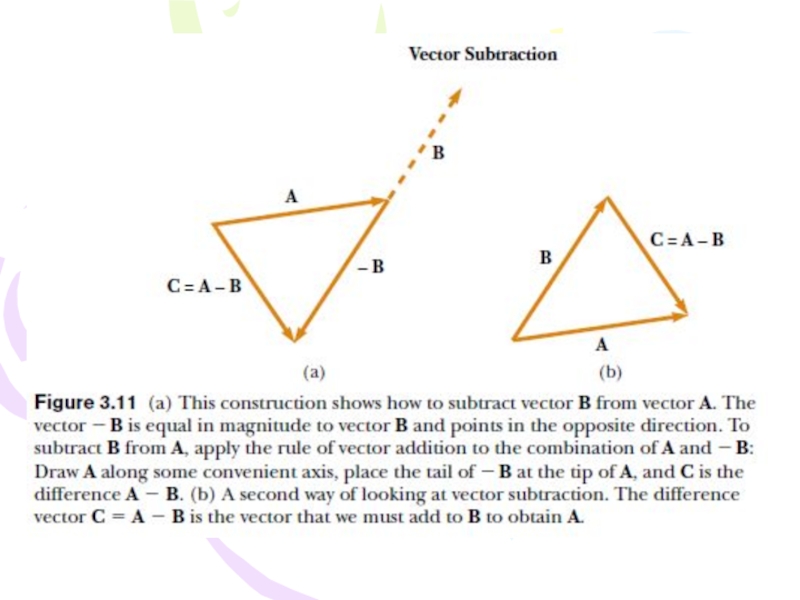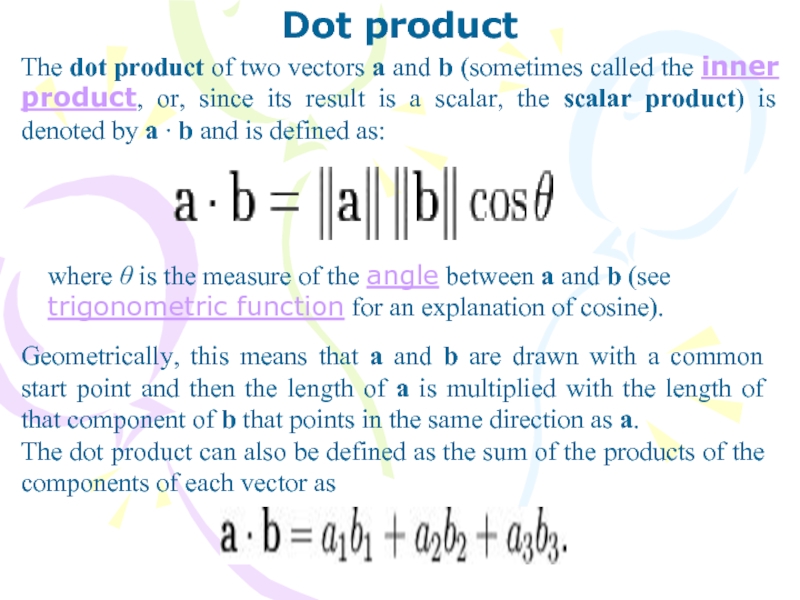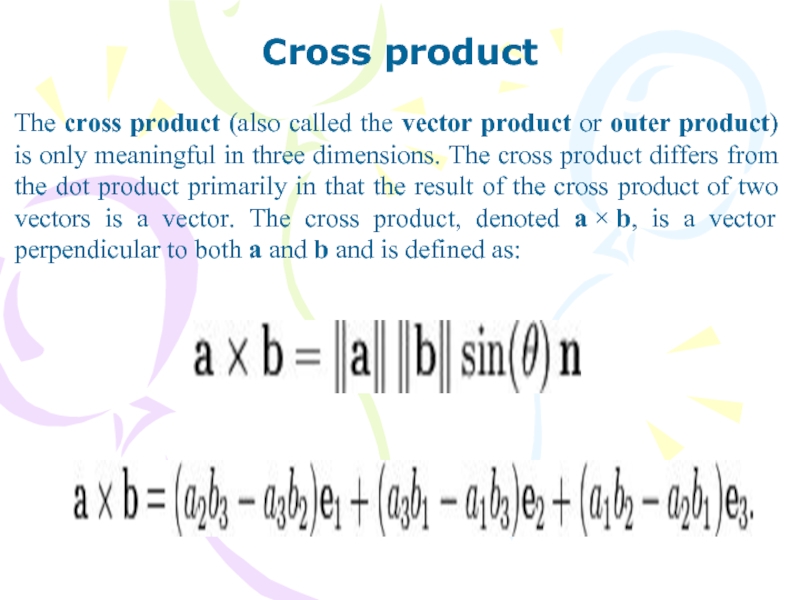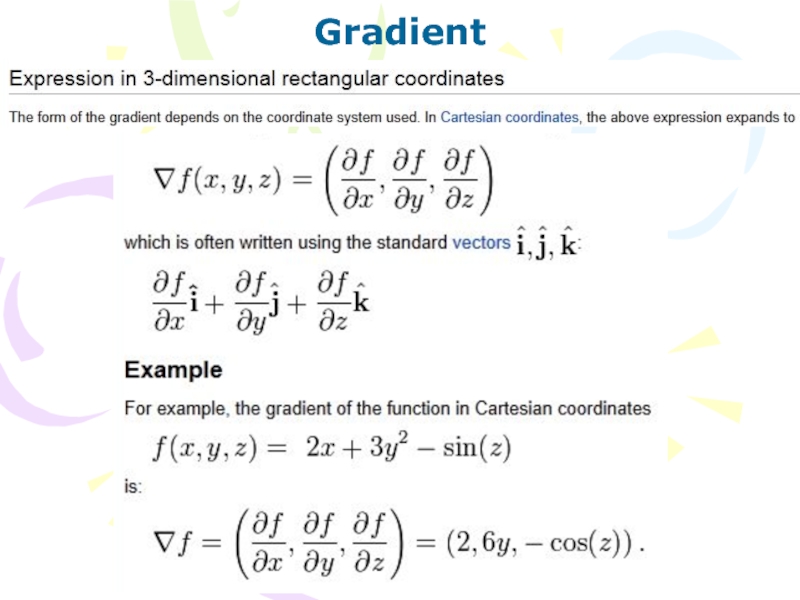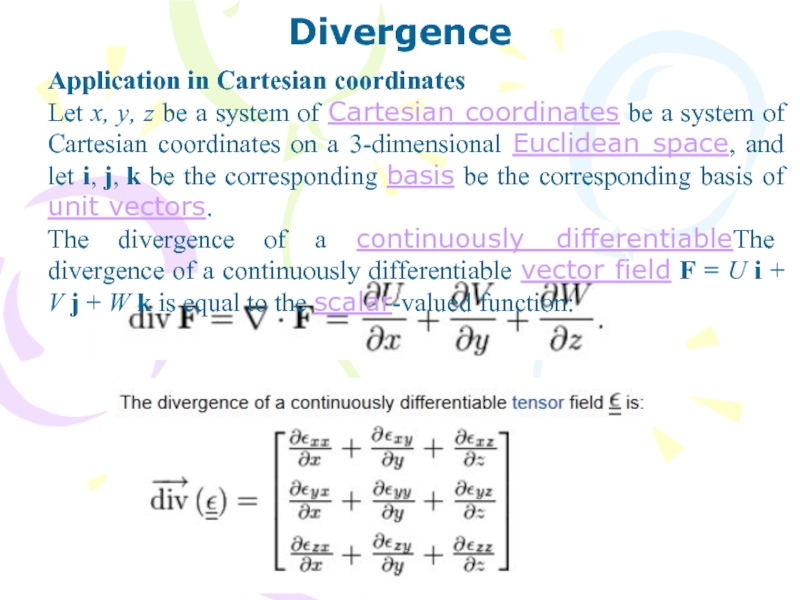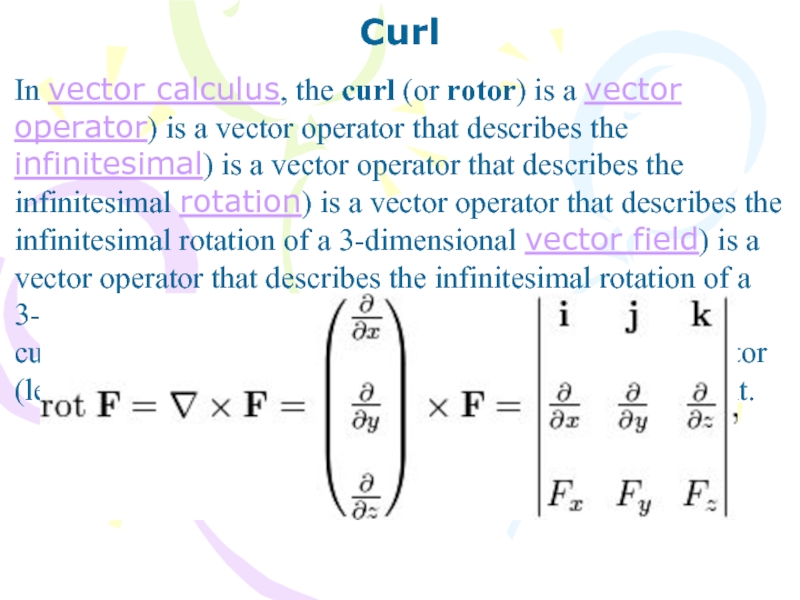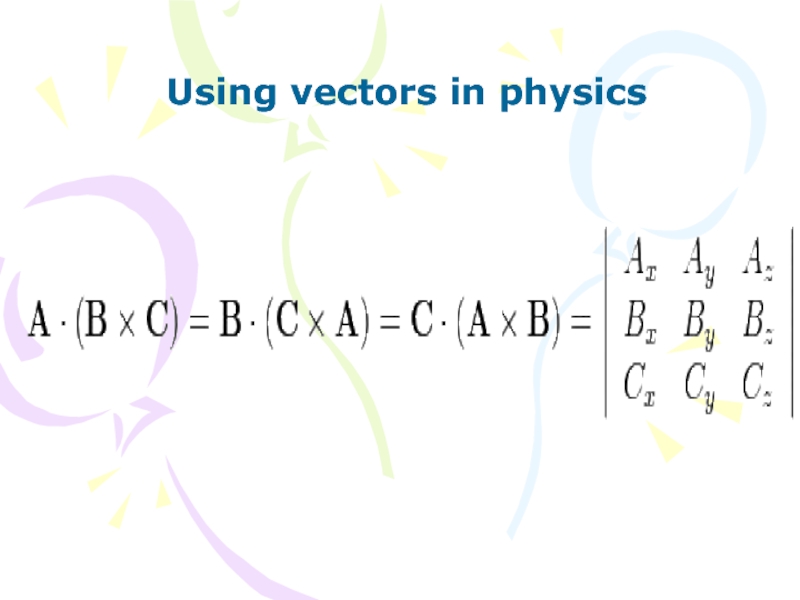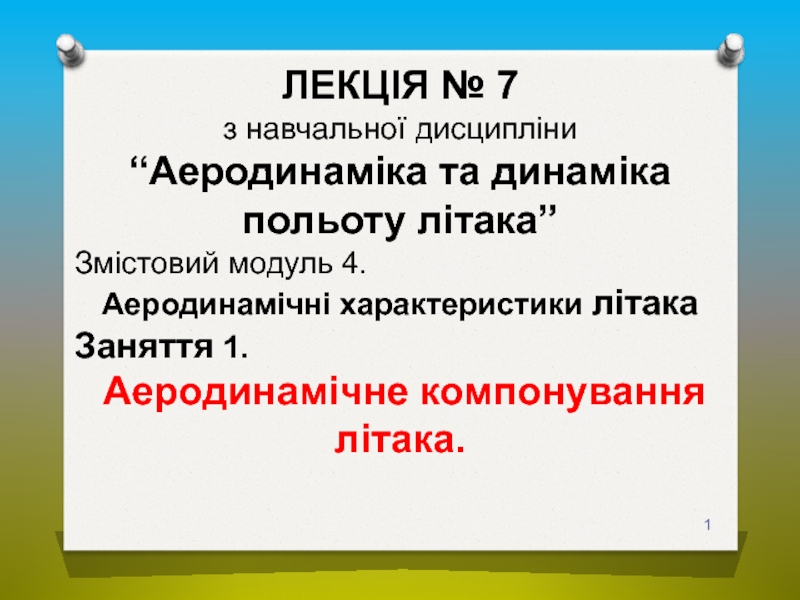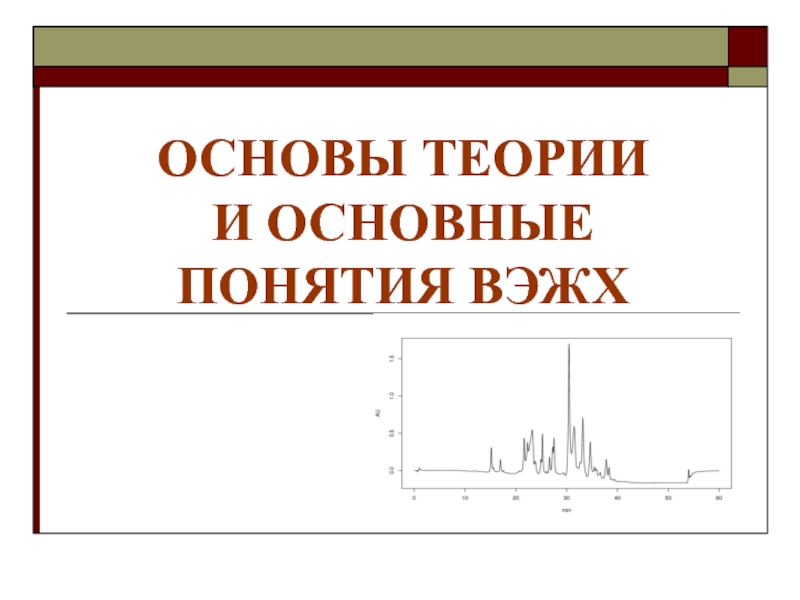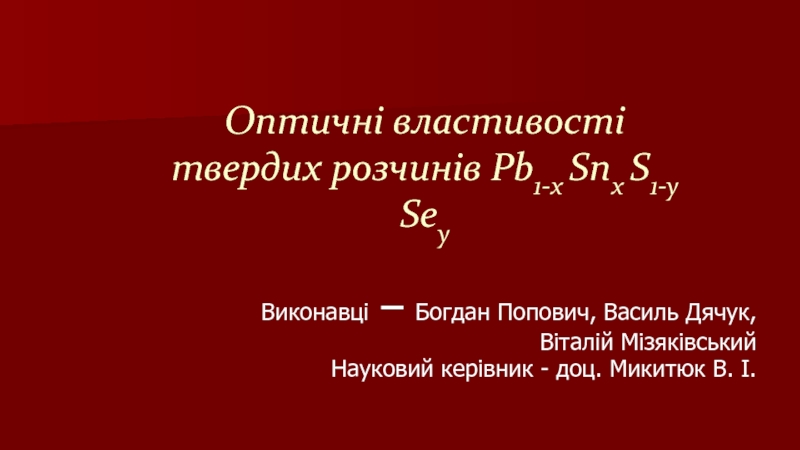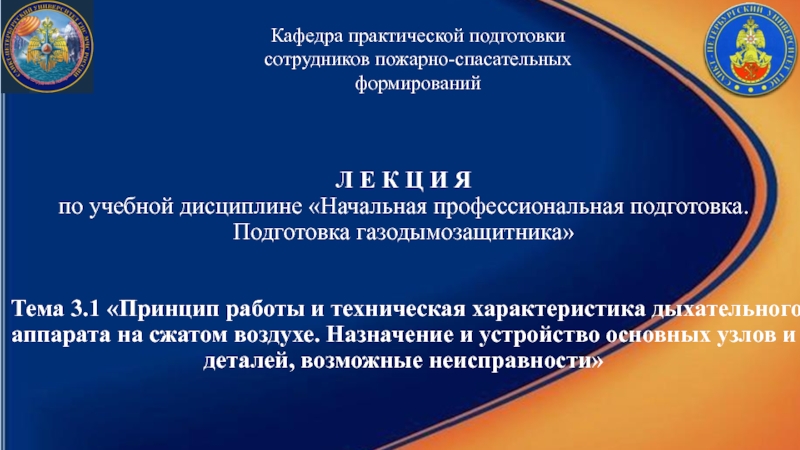- Главная
- Разное
- Дизайн
- Бизнес и предпринимательство
- Аналитика
- Образование
- Развлечения
- Красота и здоровье
- Финансы
- Государство
- Путешествия
- Спорт
- Недвижимость
- Армия
- Графика
- Культурология
- Еда и кулинария
- Лингвистика
- Английский язык
- Астрономия
- Алгебра
- Биология
- География
- Детские презентации
- Информатика
- История
- Литература
- Маркетинг
- Математика
- Медицина
- Менеджмент
- Музыка
- МХК
- Немецкий язык
- ОБЖ
- Обществознание
- Окружающий мир
- Педагогика
- Русский язык
- Технология
- Физика
- Философия
- Химия
- Шаблоны, картинки для презентаций
- Экология
- Экономика
- Юриспруденция
Physics and Measurement. Vectors. Course of lectures Contemporary Physics: Part1. Lecture 1 презентация
Содержание
- 1. Physics and Measurement. Vectors. Course of lectures Contemporary Physics: Part1. Lecture 1
- 2. Various examples of physical phenomena
- 3. Physics (from Ancient Greek: φύσις physis "nature") is a
- 5. The basic domains of physics
- 6. Galileo Galilei (1564–1642) History of physics Aristotle (384–322 BCE)
- 7. Isaac Newton (1643–1727) Michael Faraday (1791–1867)
- 8. Albert Einstein (1879–1955) Clausius (1822-1888)
- 9. Base units are: kg, m, s, A,
- 14. arithmetic mean
- 15. Absolute error and relative error
- 16. Standard deviation
- 18. A frame of reference in physics, may
- 23. Dot product The dot product of two
- 24. Cross product The cross product (also called
- 25. Gradient
- 26. Divergence Application in Cartesian coordinates Let x,
- 27. Curl In vector calculus, the curl (or
- 28. Using vectors in physics
Слайд 3Physics (from Ancient Greek: φύσις physis "nature") is a natural science that involves
Слайд 9Base units are: kg, m, s, A, K, mol and cd.
In Si system this units have independent dimension.
Слайд 18A frame of reference in physics, may refer to a coodinate
Frame of reference
Слайд 23Dot product
The dot product of two vectors a and b (sometimes
where θ is the measure of the angle between a and b (see trigonometric function for an explanation of cosine).
Geometrically, this means that a and b are drawn with a common start point and then the length of a is multiplied with the length of that component of b that points in the same direction as a.
The dot product can also be defined as the sum of the products of the components of each vector as
Слайд 24Cross product
The cross product (also called the vector product or outer
Слайд 26Divergence
Application in Cartesian coordinates
Let x, y, z be a system of
The divergence of a continuously differentiableThe divergence of a continuously differentiable vector field F = U i + V j + W k is equal to the scalar-valued function:
